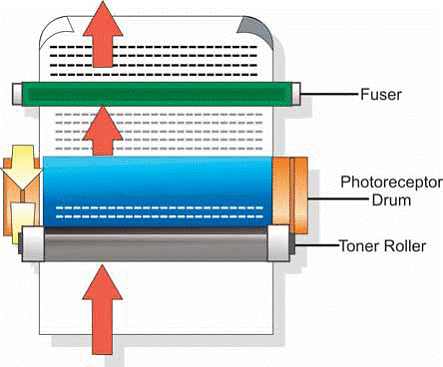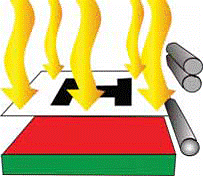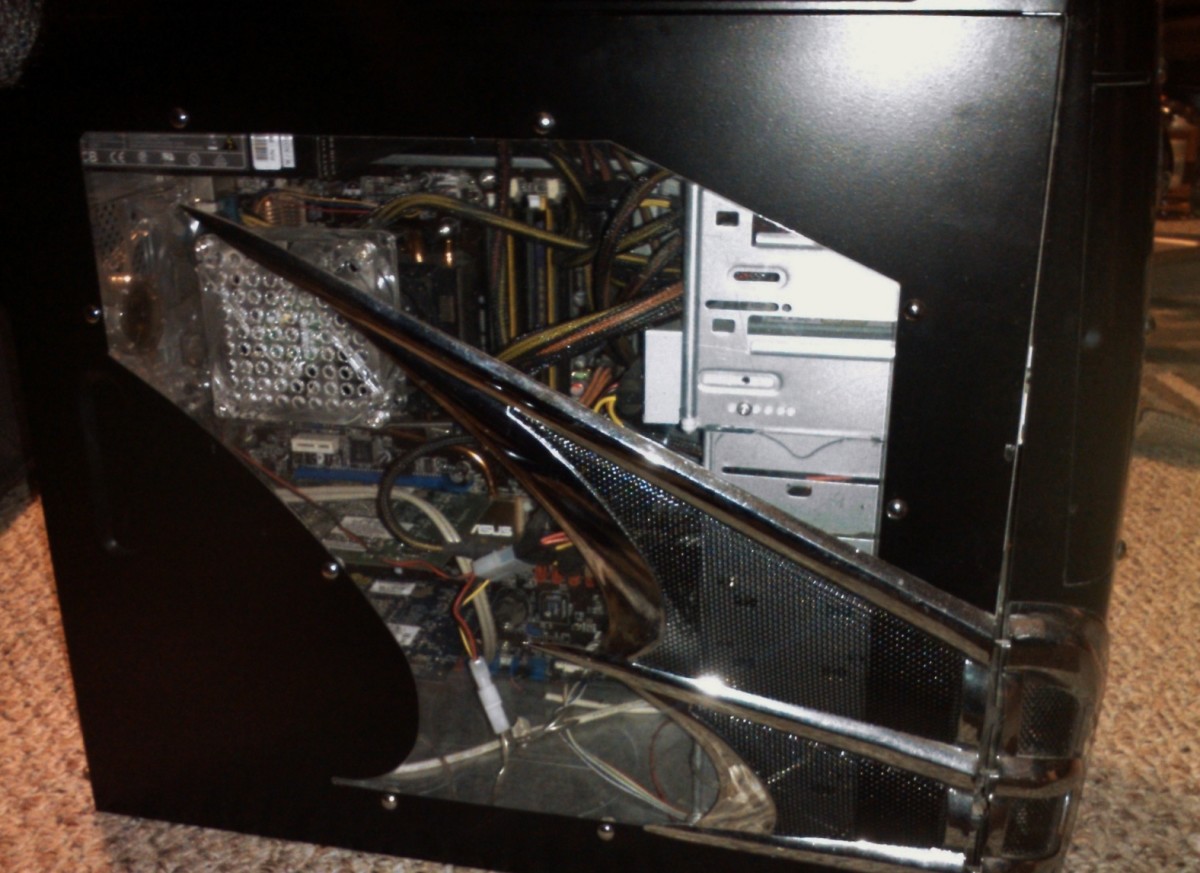Inside the photocopier!


The photocopier has become a standard requirement for every office. Let's take a more detailed look at the internal mechanism and functionality of this interesting device.
WE'VE all learned about static electricity and many of us have even tried to generate it by rubbing a balloon on a woolen cloth which then attracts small bits of paper.
Photocopiers use a similar mechanism. It consists of a drum and fine particles of a black powder which is known as toner. The drum, when charged produces static electricity which then attracts the fine particles of the toner. The drum and the toner perform three main actions that let the photocopier function and produce desired output.
The drum can be charged as required to ensure that only selective parts of it attract the toner particles. In a copier, if the sheet of paper is black, static electricity is generated on the drum and vice versa. The white areas of the sheet must not attract toner. This is achieved by using the light that is emitted from the copier.
Further, the drum specifically attracts toner as and when required, while the paper gets charged with static electricity and pulls it from the drum. Since the toner is heat sensitive, loose particles get attached to the sheet with heat as soon as they come off the drum.
STEPS IN MAKING A PHOTOCOPY
Once a paper is placed on the glass and the Start button is pressed, a massive beam of light moves across it on the glass surface. This light is then reflected
from white areas and strikes the drum accordingly.
Wherever a light photon hits the drum, electrons are emitted and the positive charges are neutralized. If there are any dark areas on the sheet, they will not reflect the light beam, thus leaving regions of positive charge on the surface of the drum. The toner is appropriately spread on the surface of the drum while
pigmented particles adhere to the positive charges that are left behind. The sheet of paper then passes over the drum's surface and attracts toner away from it. While the paper is heated, the toner is fused accordingly on the surface of the paper.






